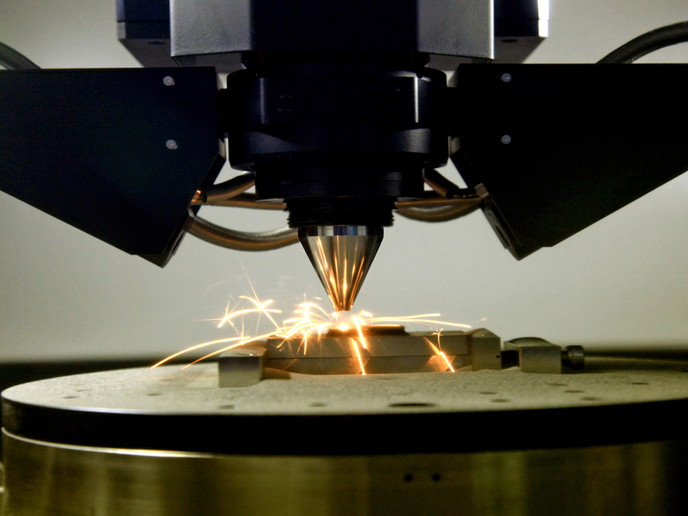Calculation data for future high-intensity accelerators
Complicated experiments are carried out in state-of-the-art, high technology experimental facilities in order to explore the properties and the nature of subatomic particles. These particles are extremely small so that the only way to examine their behaviour is by studying bigger pieces of matter containing millions of them. A beam of tiny particles, such as protons, is accelerated and bombards a target. This bombarding causes some of the particle under examination to escape from the connection forces and after special manipulation, to form a secondary beam. A group of European research centres and universities aiming to design one of the most advanced nuclear physics experimental centres worldwide, studied extensively, among others, the targets that will be used since they play a critical role in the overall experiment. The main goal was to determine the features of the target even at a large energy release and to choose the optimum heat dissipation method. Target is one the main factors that in correlation with the primary beam regulates the types of the secondary beams. The material that the target is made of, whether it is solid or liquid, as well as its thickness and dimensions are crucial parameters. In addition, heat dissipation is an important problem that influences the effectiveness and the functionality of the target. As the beam passes into the target, thermal energy is created that heats the material to several hundred degrees. This heating of the material results in thermal stresses that may be large enough to cause material failure. The research group calculated in detail the temperature profiles for the different operation modes foreseen for the future high-intensity accelerator. These calculations were performed taking into account the most extreme cases. The results as well as the proposed target solutions are described in six reports in the projects web page. (http://www-land.gsi.de/r3b/(odnośnik otworzy się w nowym oknie)).







